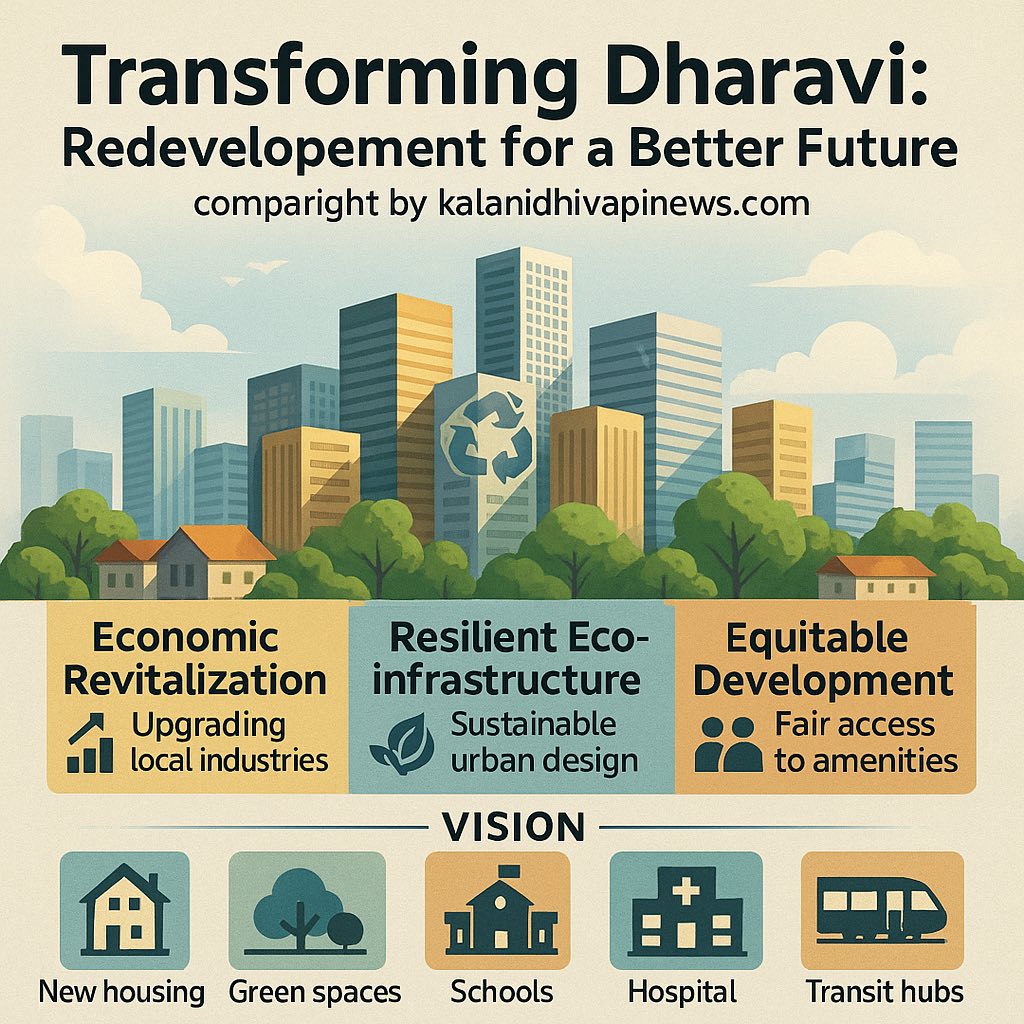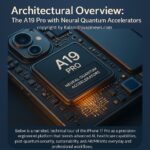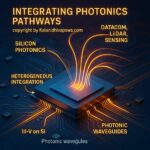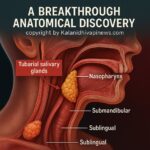Now Reading: Rehab Frontiers: Advanced Concepts in Clinical Practice & Physical Therapy
-
01
Rehab Frontiers: Advanced Concepts in Clinical Practice & Physical Therapy
Rehab Frontiers: Advanced Concepts in Clinical Practice & Physical Therapy
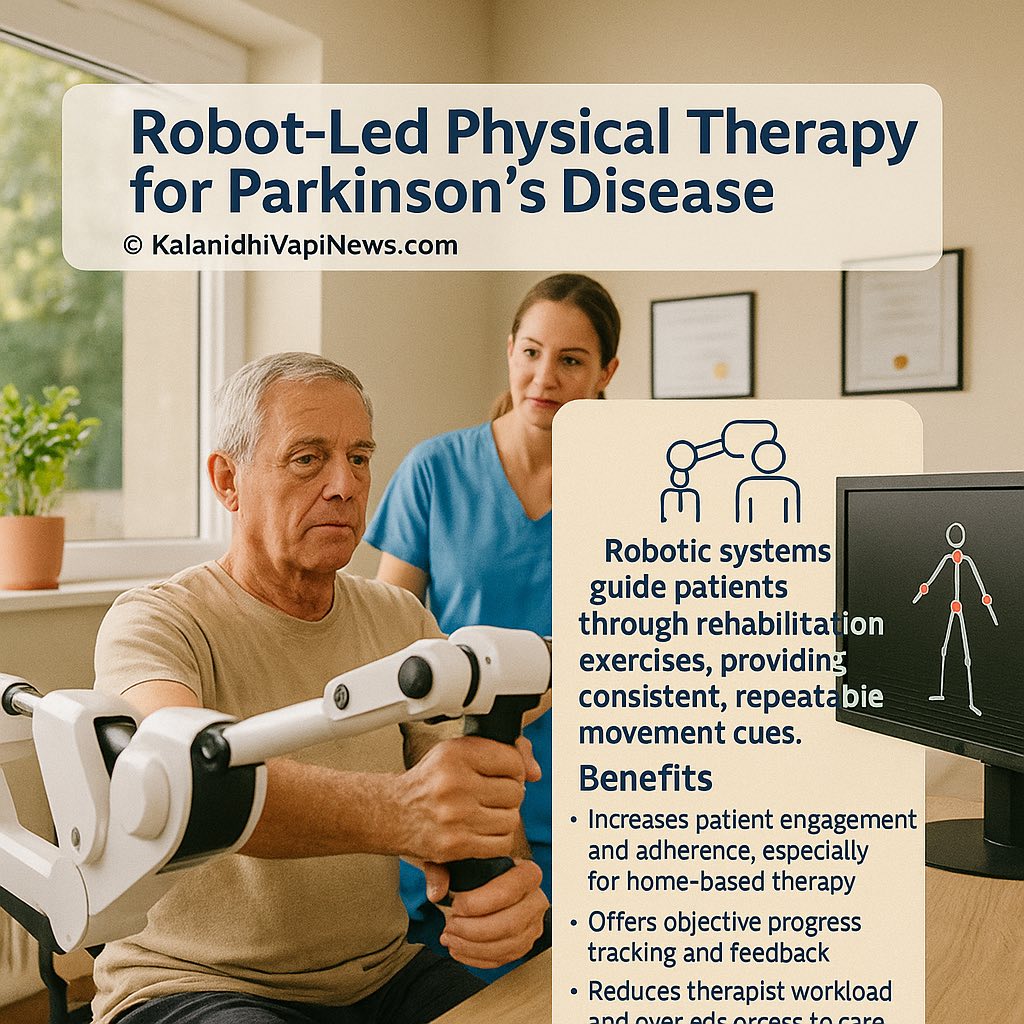
“Where Data Meets Healing: Neuroplasticity in Action”
Mixed-methods clinical practice integrates rigorous data with the realities of patient care, forming a bridge between science and human experience. By combining quantitative research (like trials and analytics) with qualitative inputs (like patient feedback and case studies), healthcare providers can craft recommendations that are both evidence-based and personalized. Central to this practice is neuroplasticity—the brain’s remarkable ability to rewire itself. Therapies rooted in this concept use targeted movements, sensory stimulation, and mental exercises to help patients regain lost functions. Together, this approach yields more accurate diagnoses, customized treatment plans, and improved recovery, especially in neurological and musculoskeletal conditions.
“Balance on the Edge: Train Reflexes, Transform Recovery”
The “Logic Workout” built on reactive falling effects is redefining rehabilitation with intelligent movement. These specialized exercises are done on small, unstable fitballs that force the body to react continuously to micro-shifts. As participants attempt to maintain posture, their neuromuscular systems engage at both conscious and subconscious levels, awakening dormant reflexes and optimizing muscle coordination. This approach not only accelerates pain relief and restores mobility, but also strengthens long-term motor memory, reducing the risk of future injury. It’s a playful, yet profoundly scientific leap in body mechanics training.
“Precision Moves: Robots Guiding Recovery from Parkinson’s”
Robotic-led physical therapy offers a revolution in Parkinson’s rehabilitation by combining consistency with customization. These intelligent systems guide patients through movement routines that would be difficult to replicate manually, delivering perfectly timed and repeatable cues. Embedded sensors monitor progress in real time, allowing therapists to fine-tune treatment remotely. For patients, especially those in home-care settings, this approach boosts motivation and adherence. Meanwhile, therapists benefit from reduced physical strain and enhanced tracking capabilities. The future of movement therapy is no longer just human-led—it’s a partnership with precision-driven machines.
“Customized Support: Modeling Jaw Motion for TMD”
Temporomandibular disorders (TMD) often involve complex jaw mechanics that challenge traditional therapy. Enter jaw exoskeleton modeling—a frontier where biomechanics meets customization. Through open-source simulations of jaw movement and force dynamics, researchers can craft exoskeletons tailored to individual anatomical structures. These virtual frameworks allow for rapid prototyping and real-time testing before a single device is built. The result is a new generation of rehabilitation tools that not only align with the patient’s specific needs but also foster global collaboration in solving intricate craniofacial disorders.
“Buoyancy for Better Healing: Aquatic Therapy in Motion”
Aquatic therapy combines the gentle resistance of water with specialized movement techniques to support healing from the inside out. Approaches like Halliwick, Ai Chi, Burdenko, and Bad Ragaz utilize water’s buoyancy to relieve pressure on joints while facilitating fluid, strength-building movements. Patients gain confidence and control while floating, often performing balance and dynamic stability tasks that would be difficult or painful on land. This water-based rehabilitation supports musculoskeletal and neurological recovery, improves proprioception, and restores function with minimal discomfort, all while enveloped in a calming, supportive environment.
“Guided to Move Again: The Bobath Path to Independence”
The Bobath Concept in neurological rehabilitation redefines therapy as an active journey of relearning movement. It emphasizes hands-on facilitation—where therapists guide patients through precise, natural movement patterns—to restore balance, coordination, and posture. Whether recovering from stroke, brain injury, or other neurological conditions, each session is tailored to individual abilities and goals. This dynamic approach prioritizes functional independence, helping patients regain confidence in everyday tasks while enhancing neuroplasticity. Through repetition, support, and adaptation, Bobath builds a foundation not just for movement—but for life.
1. #NeuroRehab – Neurological rehabilitation for brain and spinal recovery.
2. #PhysicalTherapy – Treatment to improve movement and function.
3. #AquaticTherapy – Rehab using water resistance and buoyancy.
4. #TMDRecovery – Focused rehab for temporomandibular joint disorders.
5. #RehabInnovation – New technologies and methods in therapy.
6. #ExoskeletonTech – Wearable robotics supporting physical recovery.
7. #RobotTherapy – Robotics guiding consistent rehab sessions.
8. #VRRehab – Virtual reality used in physical therapy.
9. #MotionAnalysis – AI-based tracking of patient movement.
10. #MixedMethods – Integrating quantitative + qualitative research.
11. #LogicWorkout – Reactive exercise with unstable surfaces.
12. #Neuroplasticity – Brain’s ability to reorganize itself.
13. #BalanceTraining – Exercises that improve equilibrium and stability.
14. #JointCare – Treatments that reduce joint stress.
15. #StrokeRehab – Recovery programs for post-stroke patients.
16. #GaitTraining – Techniques to improve walking ability.
17. #ElectroTherapy – Using electrical signals for muscle stimulation.
18. #FESDevices – Functional Electrical Stimulation tools.
19. #AIRehab – Artificial Intelligence in physical therapy planning.
20. #PatientCenteredCare – Customizing therapy around patient needs.
21. #TherapistTools – Modern equipment supporting rehabilitation.
22. #PostInjuryHealing – Therapy after physical trauma.
23. #RehabGoals – Personalized targets in therapy programs.
24. #MuscleRetraining – Strengthening and correcting muscle use.
25. #PainReliefTech – Innovations for reducing pain.
26. #MobilityMatters – Emphasizing movement recovery.
27. #RehabScience – Clinical and technical principles of therapy.
28. #HandsOnHealing – Manual guidance in therapy.
29. #AdaptAndRecover – Flexibility and growth in rehabilitation.
30. #CognitiveRecovery – Supporting mental function post-injury.













